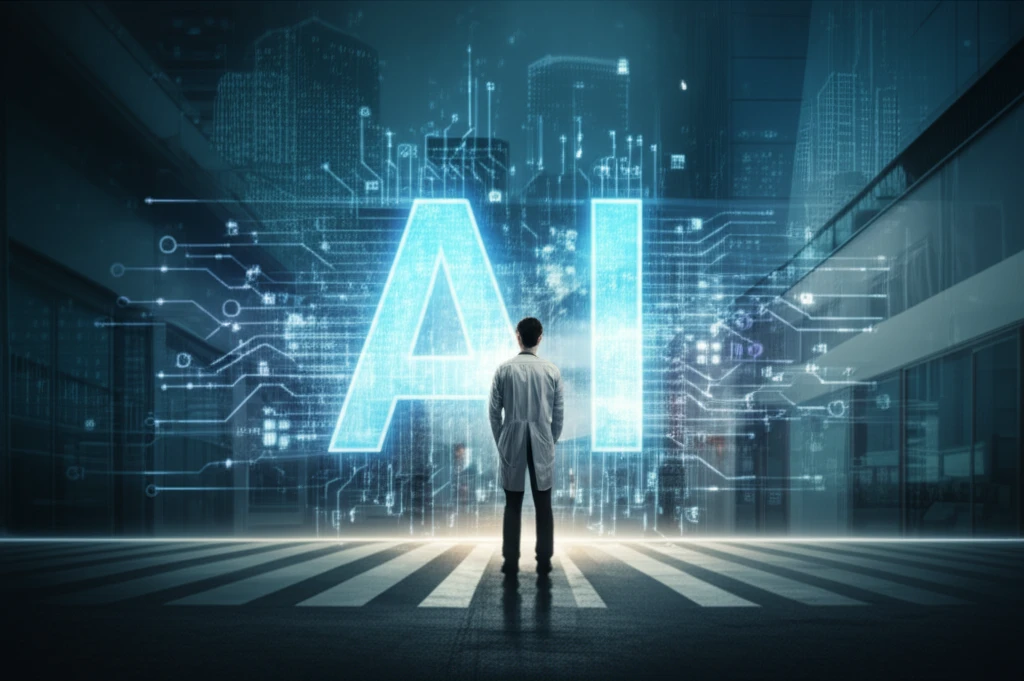
AI in Healthcare: How Medical Physicists are Leading the Revolution
"Discover the crucial role medical physicists play in ensuring the safe and effective integration of artificial intelligence in diagnostic radiology."
In the rapidly evolving landscape of healthcare, artificial intelligence (AI) is poised to revolutionize diagnostic radiology. At the forefront of this transformation is the medical physicist (MP), a vital expert in the application of radiation for diagnostic imaging. With in-depth knowledge of regulatory imaging aspects and the intricacies of image formation, MPs play a pivotal role in ensuring the safe and effective integration of AI.
More than just routine testing, MPs collaborate with radiologists and imaging leaders to optimize image quality while minimizing radiation exposure. Their expertise extends to informatics, image analysis, and advanced mathematics, positioning them as key mediators between the scientific and clinical worlds. They also educate radiology residents, serve as translators among radiologists, administrators, engineers, regulators, vendors, and technologists, paving the way for the responsible adoption of AI.
Though the use of computers in radiology dates back to the 1960s, the surge in AI-driven healthcare solutions has brought renewed focus on the MP's capabilities. As AI technologies become more prevalent, it is essential to understand how MPs contribute to quality assurance, regulatory compliance, and the overall success of AI implementation in diagnostic settings.
The Medical Physicist's Role in the AI Revolution

Medical physicists stand at the intersection of imaging science, informatics, and clinical medicine, giving them a unique vantage point in the healthcare AI revolution. They serve as facilitators, educators, and critical thinkers. As educators, MPs are essential in helping physicians understand new technologies through dedicated teaching programs for radiology residents and early-career researchers. They're also pivotal in shaping the next generation of radiologists, ensuring these professionals grasp the fundamentals of AI and its transformative potential.
- Quality Assurance: Ensuring diagnostic systems meet minimum image quality requirements (e.g., resolution) for optimal AI functionality.
- Protocol Optimization: Refining imaging protocols to maximize diagnostic quality for combined AI and radiologist interpretation.
- Complex QC Development: Creating and implementing quality control measures to guarantee AI systems function correctly and adapt to constant learning and updating.
Shaping the Future of AI in Healthcare
Medical physicists have a rich history of contributing to the computerization of medicine. Their expertise, insights gained through decades of CAD implementation, and unique positioning between physician and scientist place them at the forefront of the responsible AI implementation in healthcare.
It is imperative for MPs to engage actively with the broader radiology and healthcare community. By participating in these crucial conversations, MPs can ensure that AI's integration into healthcare is both innovative and safe, ultimately improving patient outcomes and transforming the practice of medicine.
The future of healthcare hinges on the responsible and effective integration of AI. With their comprehensive understanding of imaging, technology, and patient care, medical physicists are indispensable players in shaping this future.
